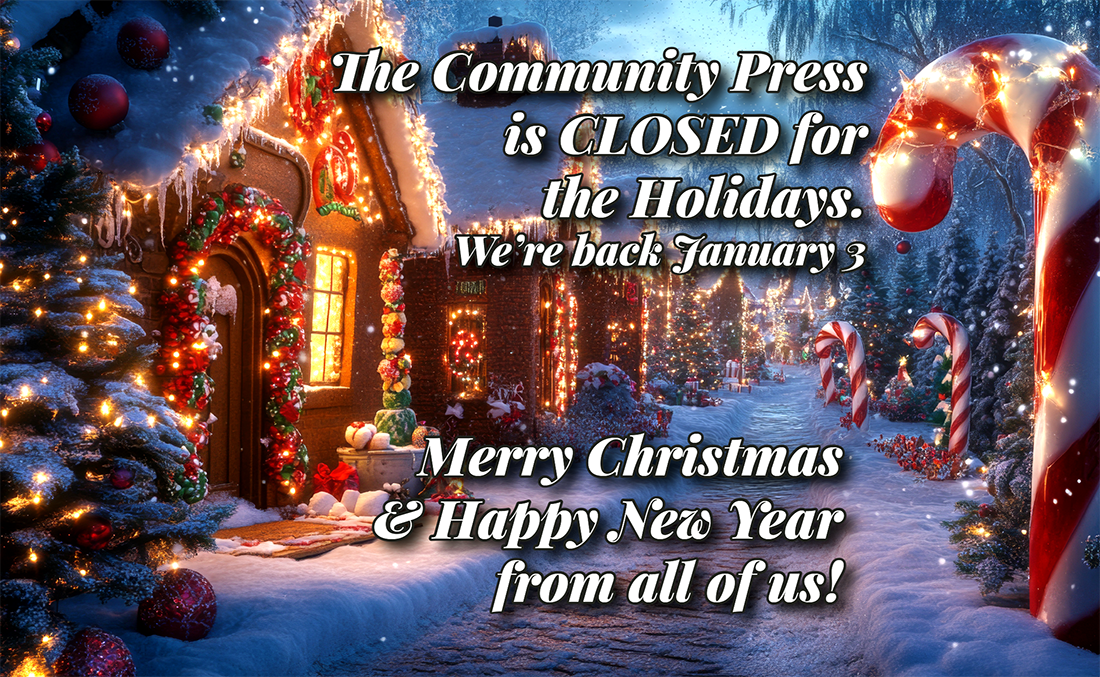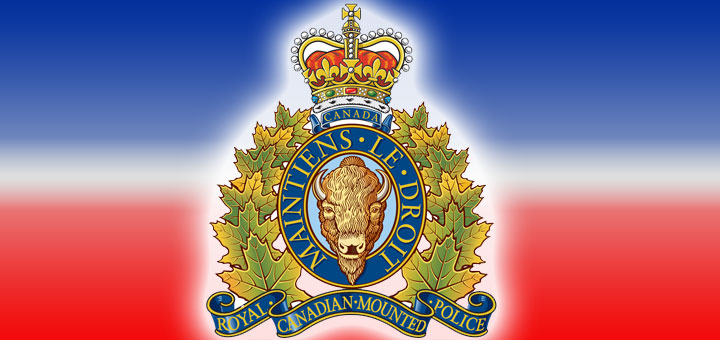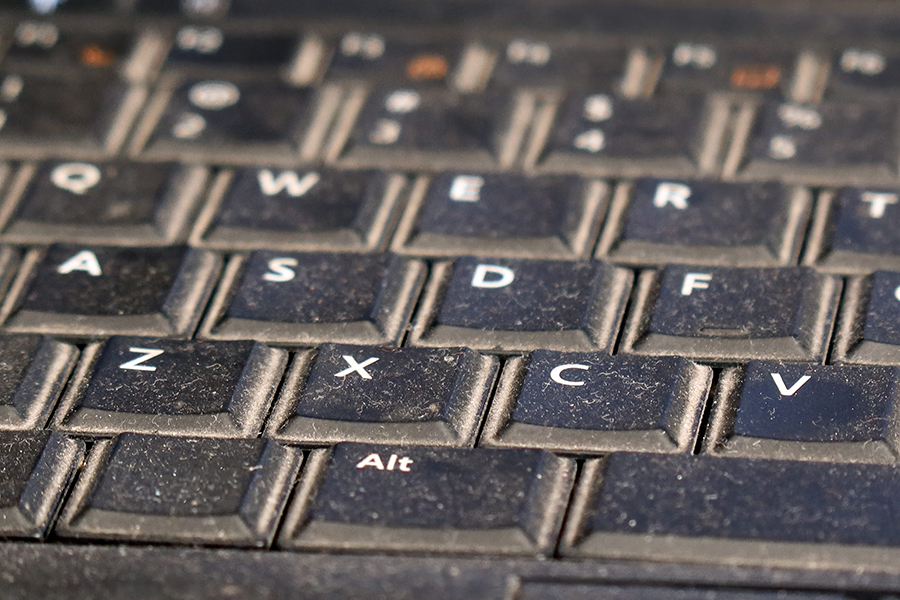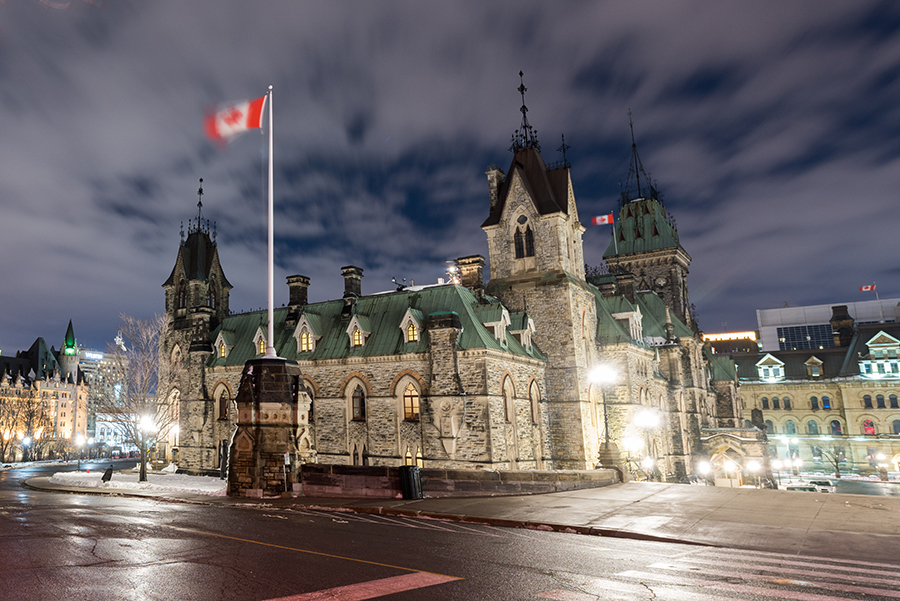Successful recycling programs in Flagstaff are diverting almost 10,000 tonnes of garbage from the main landfill every year

Why do you have to sort your load when you go to Flagstaff Waste Management, or any county transfer site?
Because doing so, says Murray Hampshire, Business Manager at Flagstaff Regional Solid Waste Management, can extend the life of our landfill by as much as 15 years.
Hampshire says that the success of recycling programs for cardboard, and the co-mingled bins introduced a year ago, along with plans to get a licence for a dry-waste landfill, could extend the present landfill’s life to another 30 years.
At present, according to Hampshire, the total volume taken in per year by Flagstaff Waste is just under 15,000 tonnes.
The existing landfill is only authorized for 10,000 tonnes per year; and with successful recycling and sorting programs, the total volume was reduced last year to around 4,800 tonnes of waste.
When you drive up to the gates of the main transfer site, the scale operator will inspect your load.
“There is no more dumping the entire load into the landfill,” says Hampshire.
Stations are set up for metal, clean wood, concrete, dry waste – for anything not organic and not wet – and household waste.
As well, cardboard, paints and oil products, batteries, electronics, tires, and freon-containing products (like refrigerators and freezers) are sorted separately.
Hampshire says recycled concrete is ground up to make beautiful gravel. In fact it is used on the landfill unloading areas.
Also located at the landfill is another successful recycling project, the compost heap, consisting of grass clippings collected in bins throughout Flagstaff every two weeks.
“The composting program has been running for 10 years, and has successfully kept all that organic material from going into the landfill.”
Hampshire says the facility has three trucks now, with two front-end trucks exclusively for garbage pickup, and one used for recycling.
He estimates that cardboard bins are being emptied twice a week, compost one to two times per week, less now in the dryer weather, and the co-mingled bins are emptied once per week.

Different kinds of recycled materials are really commodities, with ever- changing values in the marketplace, Hampshire says.
“We were taking our cardboard in 22-tonne loads in backloads to Edmonton,” Hampshire says, “now we are selling them to a buyer who direct-ships them from our yard, hauling 32-33 bales away at a time, around 22 tonnes a load, and paying us $80 per tonne.”
Hampshire says some things, like the co-mingled bales, will cost the facility to recycle, and for now, he is waiting to find a good market to take them.
“We have to pay to get rid of them, at perhaps $55 per tonne,” he says, “but each bale represents about $200 in saved landfill space.”
Other recycled items are also diverted and are currently stored on site until markets can be found, like twine, and chipped plastic, to name a few.
Hampshire says that the landfill is now also able to accept bale covers, adding that they can be very labour intensive to process, especially if they come in dirty, which is why there’s a charge of $300/tonne to accept them.
Flagstaff Regional Solid Waste Management is a non-profit society, with 12 members which include the 10 towns and villages within the Flagstaff County, including the county itself, and the village of Rosalind.
Formed in the early 80s, the society joined the municipalities together under a flagship project to provide solid waste services from a central location which met provincial and federal environmental standards in a cost-effective way.
In a manner of speaking, the landfill is owned by all of us.
Leslie Cholowsky
Editor









